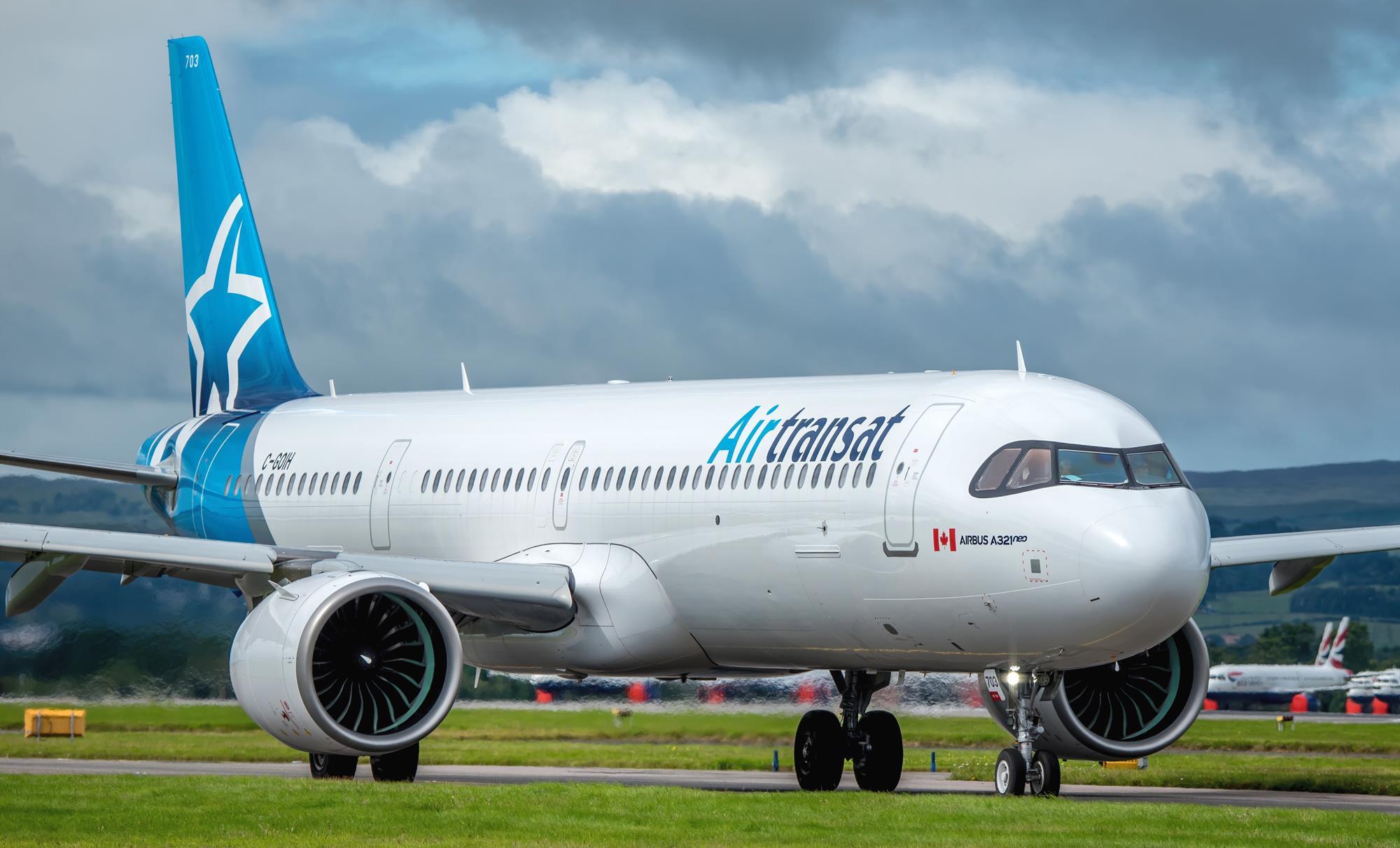
An incident occurred during an Air Canada flight from Vancouver to Toronto when, approximately 45 minutes into the journey, the aircraft had to return due to an issue with the heater in the flight deck. The flight, AC104, a daily cross-country route, reversed its course on Tuesday as the cockpit had become uncomfortably cool, as stated by Air Canada in a communication to the National Post.
Air Canada, with a significant hub at Vancouver International Airport, promptly addressed the problem by repairing the heater, and the aircraft has since resumed service. While the incident may appear routine, the temperature control system responsible for providing conditioned air also plays a crucial role in cabin pressurization.
Conditioned air is indispensable for creating a comfortable and safe environment inside the cabin, particularly at high altitudes where external air pressure and oxygen levels are significantly lower than at sea level. The exchange of air within the cabin occurs approximately every three to five minutes, ensuring optimal levels of air pressure and quality for passenger comfort and safety.
The cabin pressurization system incorporates safety features to prevent both over-pressurization and under-pressurization. During cruising altitudes, most commercial jets simulate the air pressure at around 8,000 feet. This balance is struck between external pressure and the pressure comfortably sustainable within the aircraft’s fuselage, contributing to a secure and comfortable flying experience.



